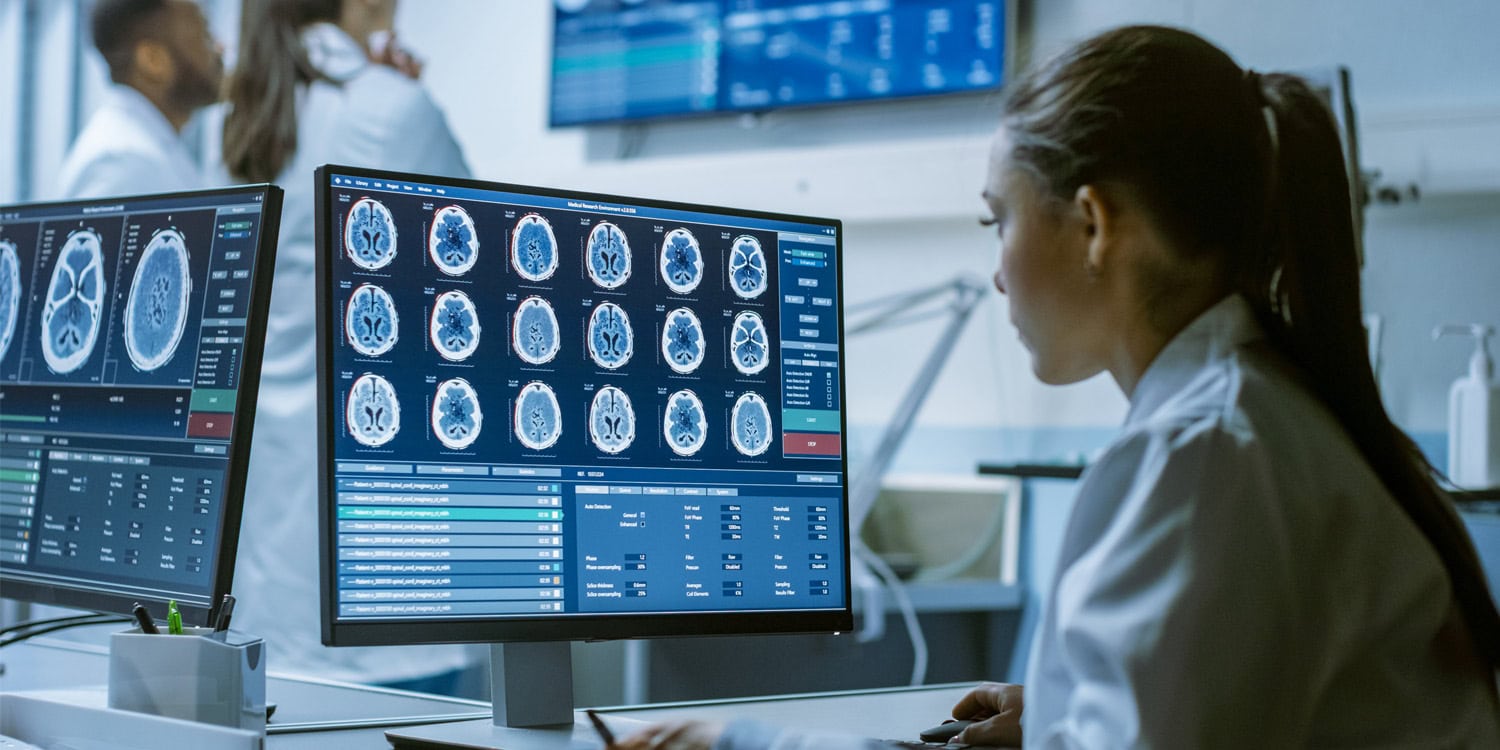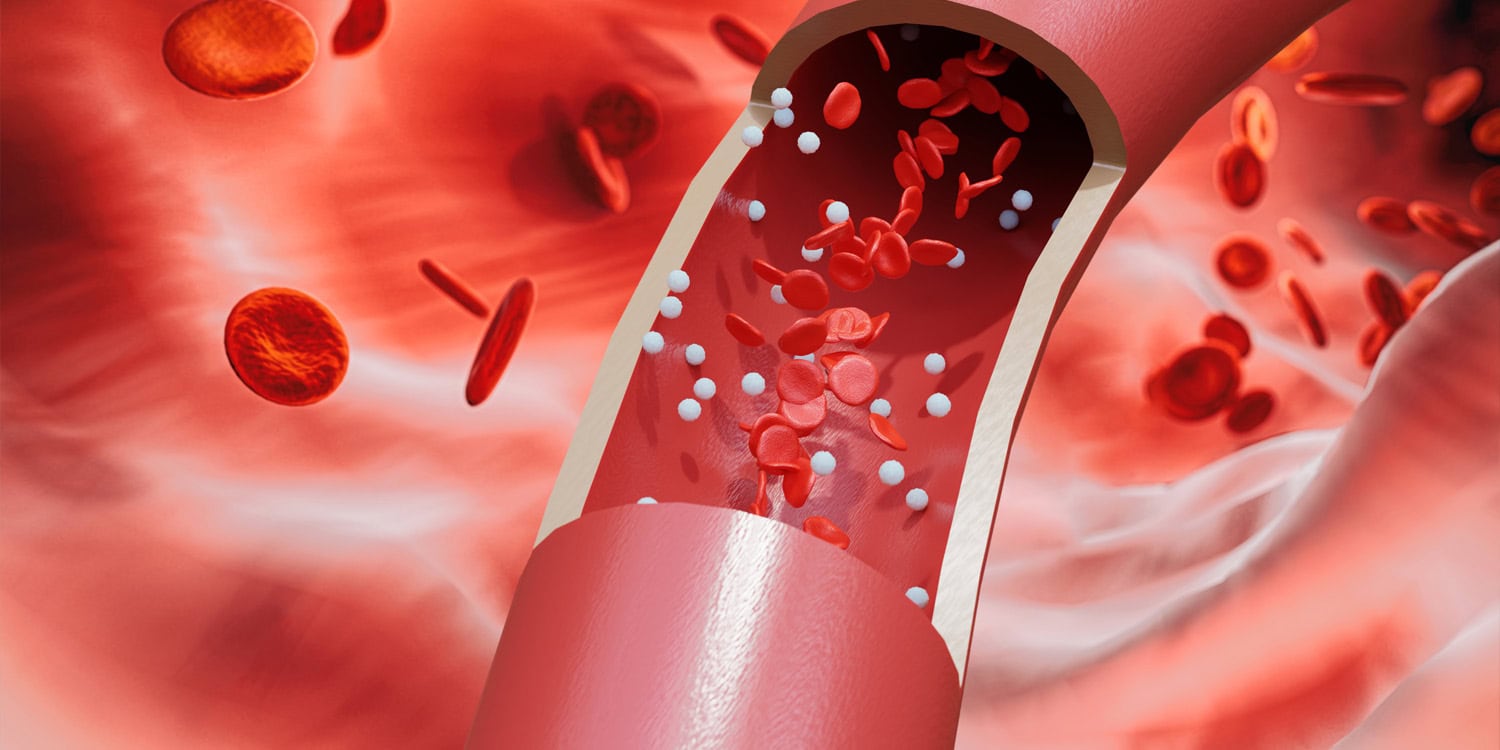New research has uncovered how the brain dynamically adjusts its neural activity to prioritize more important information in working memory. The study, published in Science Advances, found that when people are asked to remember multiple items, their brains amplify the neural signals for the more relevant ones, allowing for more accurate and confident recall.
Working memory is a short-term system the brain uses to store information temporarily, helping people make decisions, plan, and learn. But working memory is limited: trying to hold on to too many things at once reduces the quality of each memory. Past studies have shown that people can overcome some of these limits by allocating more mental resources to items they consider more important. The new study aimed to explain how this prioritization happens at the level of brain activity.
The researchers used a combination of brain imaging and computational modeling to examine how neural activity changes when people hold multiple items in memory, each with a different level of importance. They found that signals in visual areas of the brain were stronger and more precise for high-priority items. These differences in brain activity predicted how well each item was remembered. Activity in frontal brain regions also appeared to help direct attention toward more important information, shaping the quality of the memories stored elsewhere in the brain.
The study focused on a specific type of memory called visual working memory, which involves holding visual information in mind for a short period. For example, remembering where you parked your car or keeping track of a moving object both rely on this type of memory. The researchers designed an experiment that required participants to remember the locations of two items shown briefly on a screen. One of the items was more likely to be tested later, making it more important to remember. Participants had to hold both items in memory for 12 seconds before using an eye movement to indicate the remembered location of one of them.
To study what happened in the brain during this task, the researchers used functional magnetic resonance imaging, which measures blood flow as a proxy for neural activity. They scanned the brains of 11 participants while they performed the memory task over multiple sessions. By applying a complex decoding model to the imaging data, the researchers were able to estimate not only what participants were remembering but also how uncertain they were about each memory. The model treated neural activity as a probabilistic code, where stronger or more focused patterns of activity reflected more confident memory representations.
The results showed that neural signals in the visual cortex—the area of the brain involved in processing visual information—were more intense for the high-priority memory items. These stronger signals translated to smaller memory errors and greater confidence. On average, participants remembered the high-priority items more accurately and responded more quickly when asked to recall them. Their eye movements were closer to the correct location, and they took less time to respond. These behavioral improvements matched the patterns observed in the brain data.
The study also found that the magnitude of neural activity in the frontal cortex predicted how well participants could distinguish between high- and low-priority memories. This suggests that the frontal cortex plays a regulatory role, sending signals that adjust the strength of memory representations in visual areas depending on how important each item is. In other words, the frontal brain regions help direct the mental spotlight, increasing the “volume” of the memories that matter most.
The researchers measured this prioritization using a variety of statistical techniques. They showed that across trials, participants’ brain activity reflected differences in uncertainty between high- and low-priority items. These differences predicted not only how accurately participants remembered the items but also how much they prioritized one over the other. On trials where the gap in neural precision was larger, the behavioral performance difference was also larger.
The team also examined how different brain areas contributed to this process. They identified several regions—including the intraparietal sulcus and the prefrontal cortex—that showed brain activity that scaled with either the total amount of memory resource being used or with how it was distributed between the two items. One area in particular, the superior precentral sulcus, appeared to play a key role in adjusting this balance, possibly by sending feedback signals to visual areas. This finding supports the idea that working memory is not just a passive storage system but an active process that involves coordination across multiple brain areas.
By combining high-resolution brain imaging with a computational model, the researchers were able to isolate the contribution of neural “gain”—a measure of signal strength—in shaping the quality of working memory. They found that assigning higher gain to a memory item made its representation more precise and reduced uncertainty. This relationship is consistent with theoretical frameworks that treat memory and attention as probabilistic systems, where the brain maintains not just information but also a sense of how reliable that information is.
The study does have some limitations. The sample size was small, with only 11 participants, and all data came from a controlled lab setting. Real-world memory tasks are more complex and influenced by additional factors like emotion, motivation, and distractions. The researchers also noted that their model focused primarily on visual areas of the brain, leaving open questions about how other regions contribute to memory prioritization under different circumstances.
In future research, the authors suggest extending the approach to situations involving more than two memory items or different types of information. They also note that the ability to decode multiple memory representations from brain activity could have applications in brain-computer interfaces or in understanding disorders that affect attention and memory.
The study, “Neural mechanisms of resource allocation in working memory,” was authored by Hsin-Hung Li, Thomas C. Sprague, Aspen H. Yoo, Wei Ji Ma, and Clayton E. Curtis.


